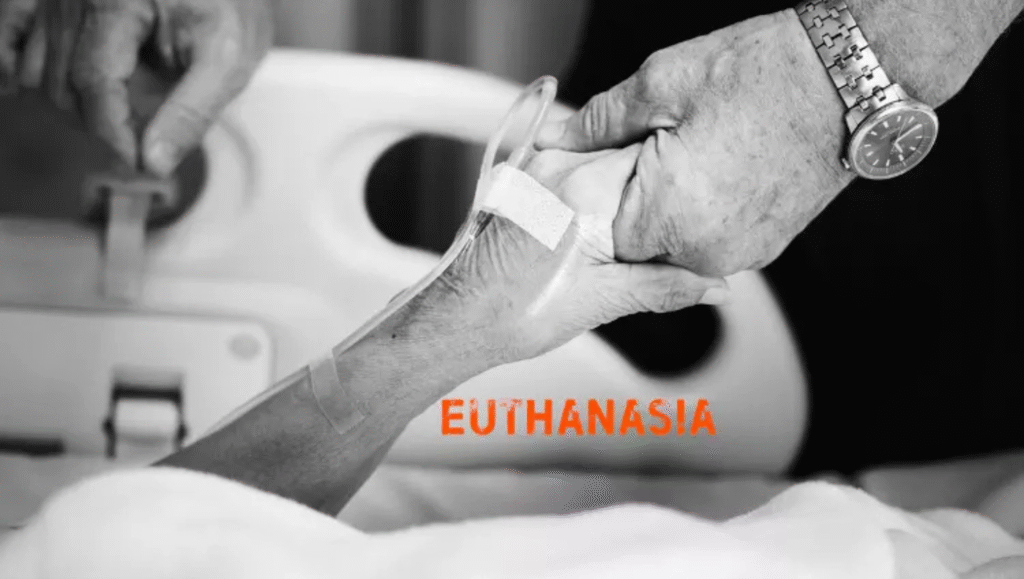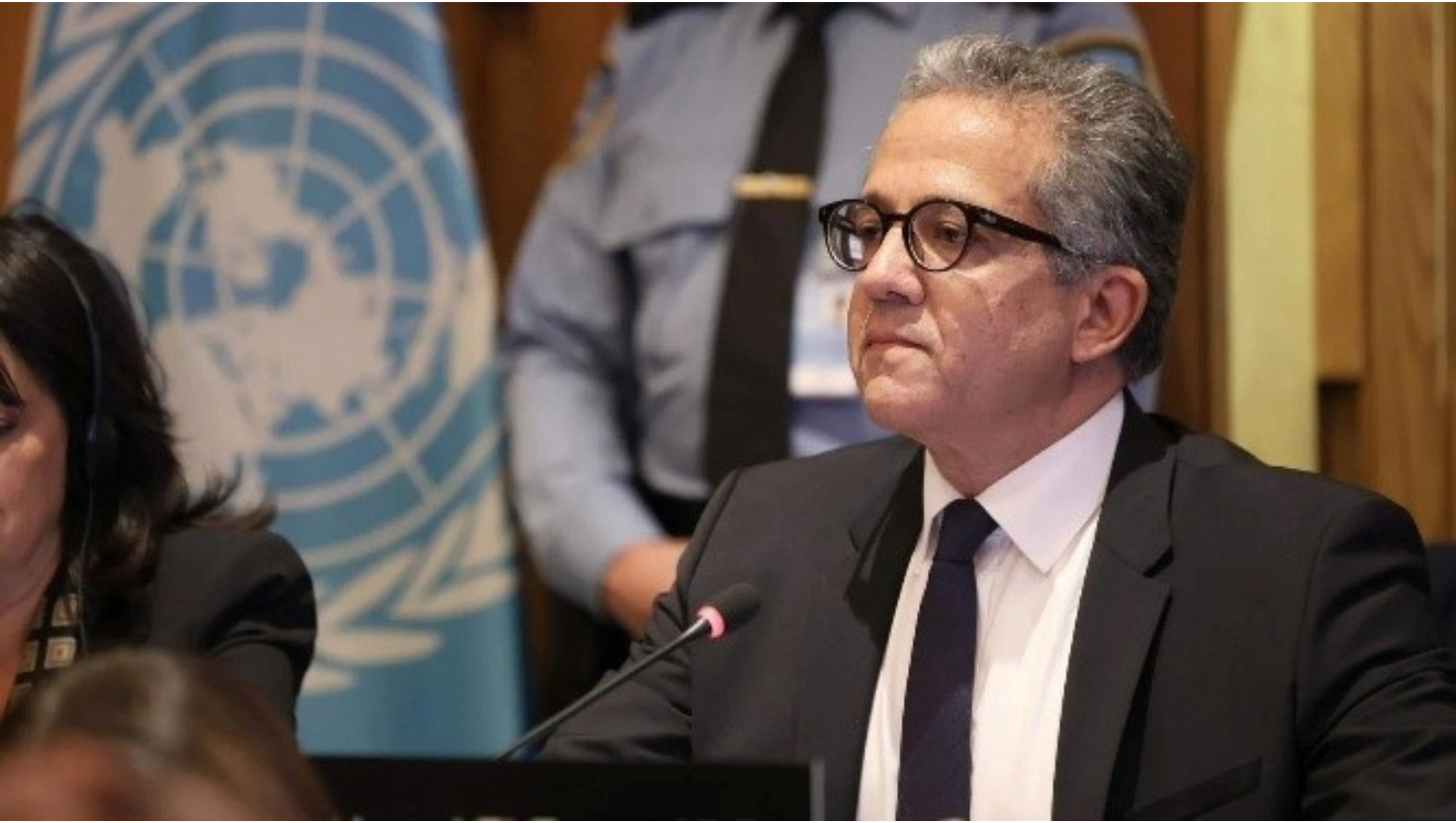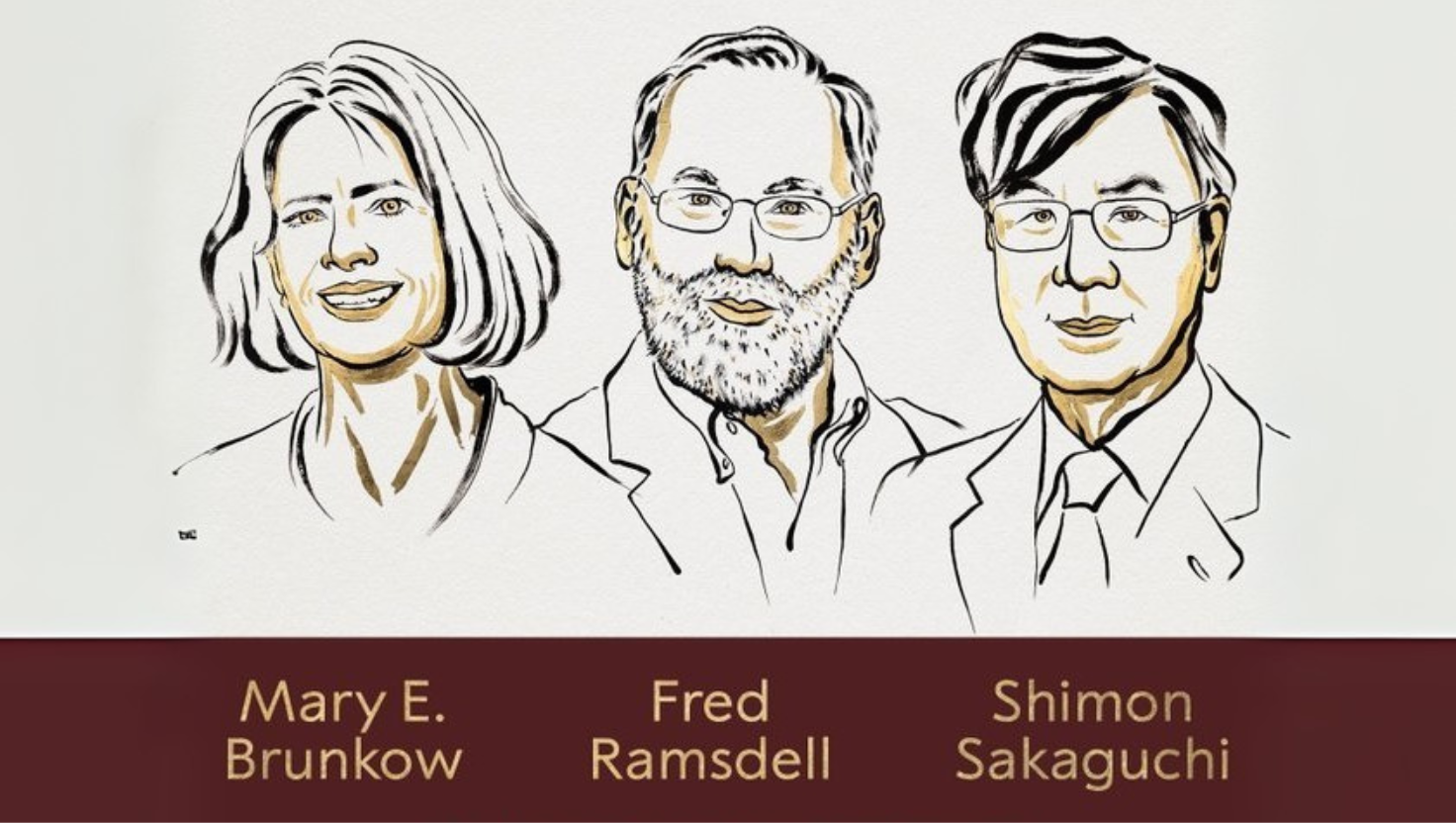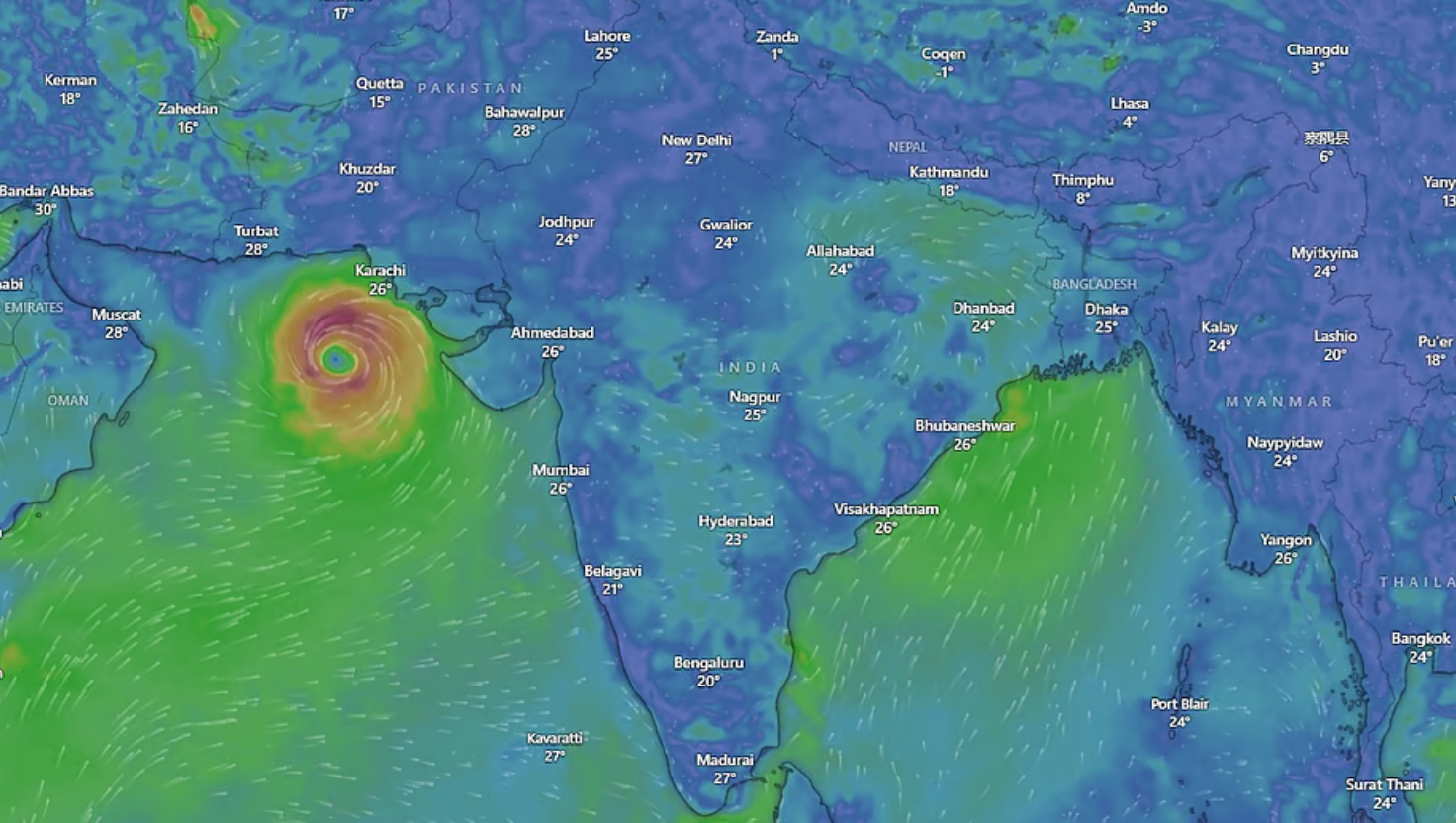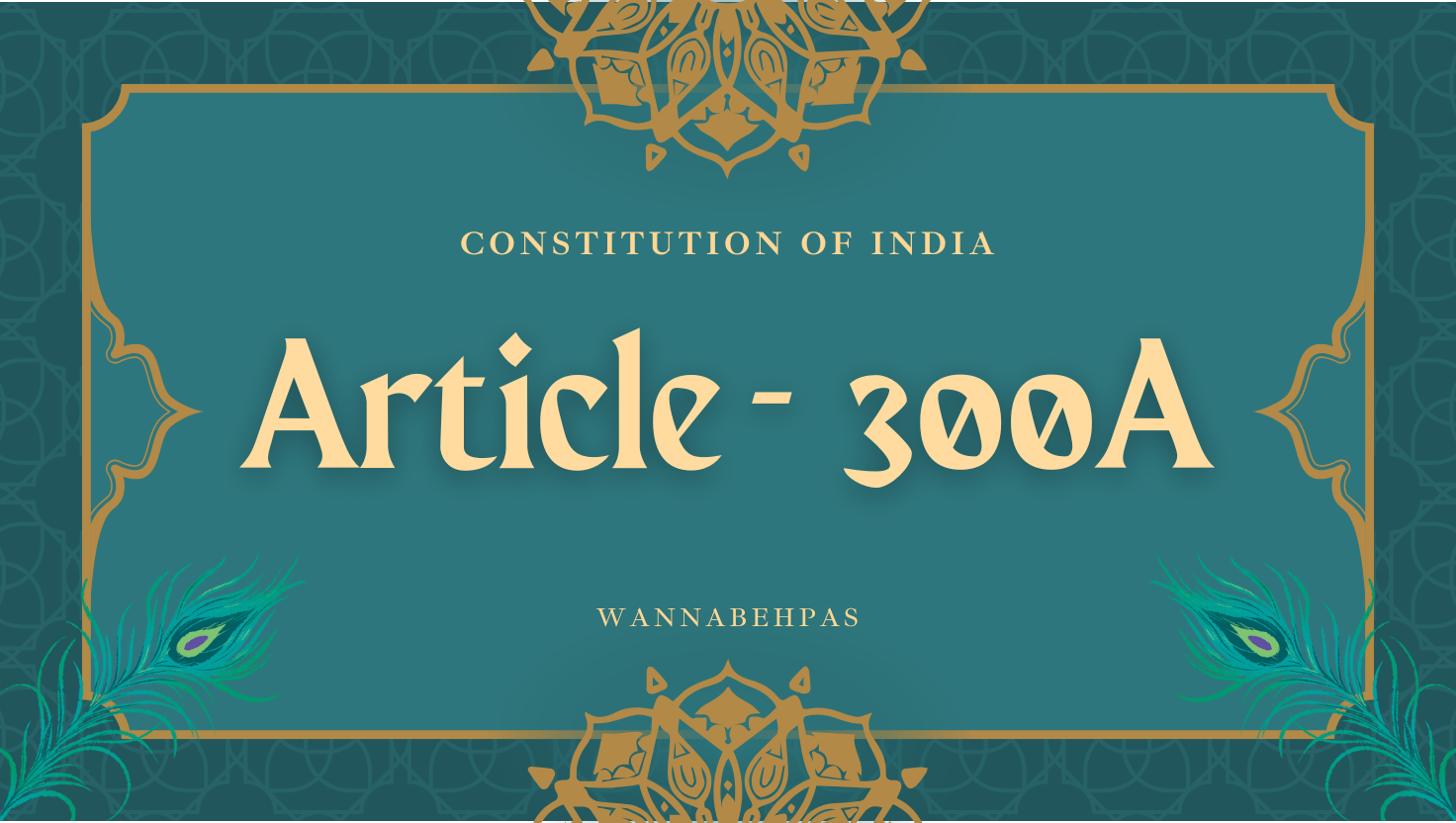Passive Euthanasia in India
Syllabus: Applied Ethics (UPSC GS IV)
Source: The Hindu
Introduction
The debate over the Terminally Ill Adults (End of Life) Bill 2025 in the U.K. has sparked global discussions on the ethics of dying.
For India, the focus is not on legalising active euthanasia but on making the existing passive euthanasia framework humane, transparent, and accessible.
What is Passive Euthanasia?
- Definition: Stopping or withholding life-support or medical treatment when a terminally ill patient cannot recover, allowing death to happen naturally.
- Purpose: Protects the right to die with dignity and prevents prolonged suffering in irreversible conditions.
Legal Status and Key Judgments
Early Position:
Until 2011, euthanasia was illegal; attempted suicide was criminalised under Section 309 IPC.
Aruna Shanbaug v. Union of India (2011):
- Recognised passive euthanasia under judicial supervision.
- Allowed withdrawal of life support in exceptional cases with High Court approval.
- Differentiated between active (illegal) and passive (conditionally legal) euthanasia.
Common Cause v. Union of India (2018):
- Introduced advance medical directives (living wills).
- Affirmed that the Right to Die with Dignity is part of Article 21 – Right to Life.
- Laid down detailed procedural guidelines for authorising passive euthanasia.
Current Procedure (Supreme Court Guidelines)
- Advance Directive (Living Will):
- Adults of sound mind can specify when life support should be withdrawn.
- Must be signed before two witnesses and attested by a Judicial Magistrate.
- Medical Board Approval:
- Primary board of three doctors certifies irreversibility.
- Secondary board, led by the Chief Medical Officer, reviews the decision.
- Magisterial Oversight:
- JMFC verifies the authenticity of the will and medical boards before allowing withdrawal.
- Without Living Will:
- Family or doctors can approach the court for permission under the same two-tier medical review.
- Simplification (2023):
- Removed district collector approval.
- Hospital ethics committees can decide more quickly while retaining double medical-board review.
Why the Current System Struggles
- Bureaucratic delays: Multi-tier approvals slow down timely relief.
- Lack of awareness: Many citizens and doctors don’t know the legal process.
- Ethical pressure: Families struggle with guilt and financial stress.
- Healthcare inequality: Absence of ethics committees hinders fair application.
- Legal fears: Doctors hesitate due to risk under IPC Section 309 or negligence laws.
Ethical and Constitutional Basis
- Article 21: Right to life includes freedom from prolonged, undignified suffering.
- Ethics: Aligns with autonomy (self-choice) and non-maleficence (avoiding harm).
- Judicial caution: Courts distinguish allowing death from causing death.
- Cultural resonance: Indian philosophy views death as a natural stage of life.
- State responsibility: Article 47 requires accessible palliative care.
Comparative Perspective
- Global Lessons: U.K. and Netherlands models rely on strong healthcare and strict oversight.
- Indian Approach: Focus on procedural simplicity, ethical clarity, and institutional readiness before expanding legal scope.
- Balanced Model: Operationalise existing rights with compassion and caution rather than introducing active euthanasia.
Suggested Reforms
- Digital Advance Directives:
- National portal linked to Aadhaar for registering and managing living wills.
- Reduces paperwork and judicial dependency.
- Hospital-Level Ethics Committees:
- Include senior physicians, palliative experts, and independent members.
- Can authorise withdrawal within 48 hours to reduce court burden.
- Transparent Oversight:
- State health commissioners or digital dashboards monitor compliance.
- Random audits ensure transparency and trust.
- Mandatory Safeguards:
- 7-day cooling-off period with counselling.
- Palliative specialists review decisions to protect vulnerable patients.
- Capacity Building and Awareness:
- Introduce ethics modules in medical and nursing education.
- Run public awareness campaigns on living wills and end-of-life care.
Conclusion
India’s progress on euthanasia must balance legality with humanity.
The goal is not to legalise death but to humanise dying—upholding compassion, autonomy, and dignity.
Through digital tools, hospital ethics committees, and public awareness, passive euthanasia can become a workable and ethical right, consistent with India’s moral and constitutional values.

